
Much research has been devoted to the impact of the expanding European empires and settler colonies in the 18thand 19thcenturies and their impacts on nature and resources. Not much attention has been paid to a similar story unfolding at the same time in Qing China: the increasing expansion of the exploitation of natural resources such as fur, mushrooms, pearls and timber in China’s expanding imperial frontiers. China’s demand for these products was so pronounced, that by the first decades of the 19thcentury many of these resources were commercially exhausted and many of the animals that provided these products were on the brink of local extinction. In response the Qing rulers created protected areas and limited harvests in response to these environmental impacts.
Jonathan Schlesinger, a scholar of imperial China at Indiana University in Bloomington, studied Manchu and Mongolian archives to track the trade in furs, pearls and mushrooms across the Qing empire’s borderlands in the 18th and 19th centuries. On this episode of the Exploring Environmental History Podcast Schlesinger discusses how Qing rulers responded to declining resources and negative environmental impacts. In addition he considers if it is possible to compare “western” environmental history with Chinese environmental history or whether we need to think outside a Western paradigm.
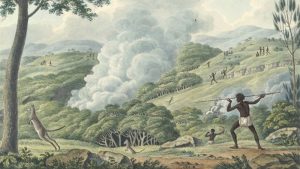
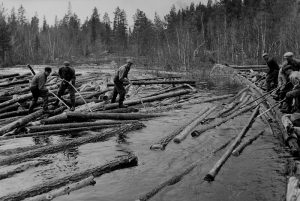
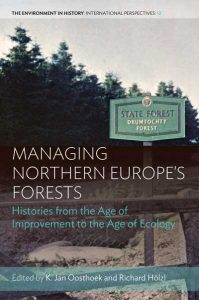
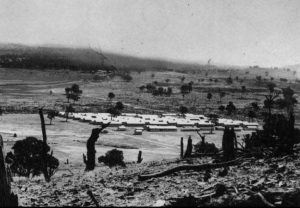
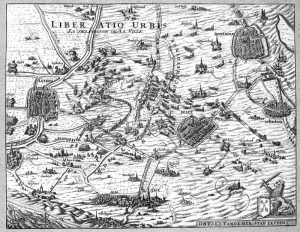
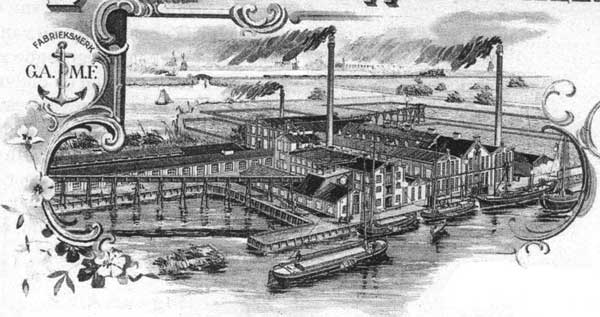
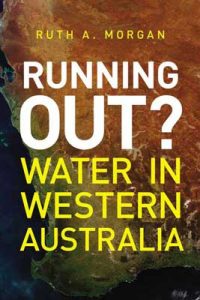
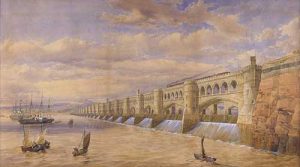
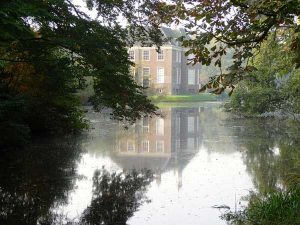
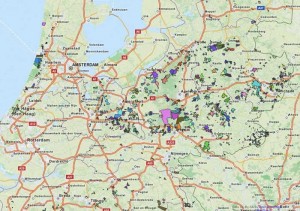
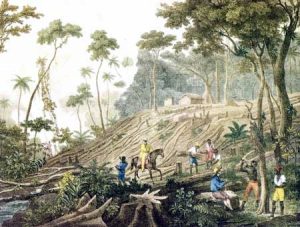
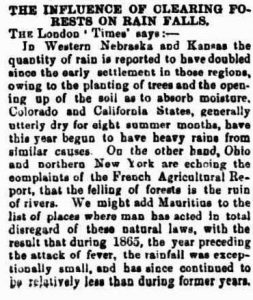
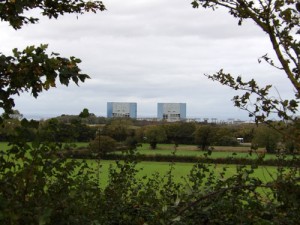

Recent Comments